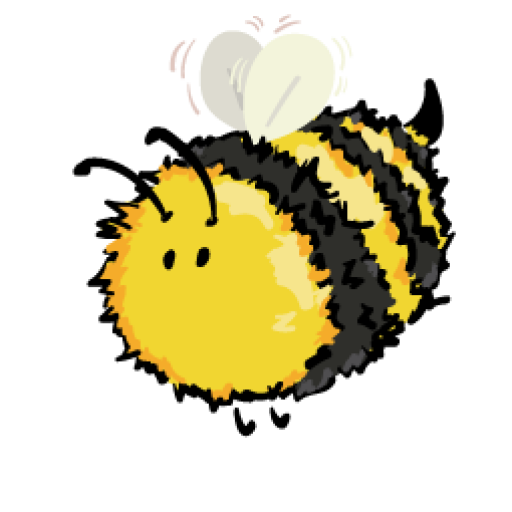A couple of Sundays ago, we went for a tromp around our friends’ woods and fields. Leaving our own big snowshoe prints in the snow, we were surrounded too by the tracks of other critters — canids and deer, rodents and rabbits.
While I was stopped to look closer at something on the ground, I heard a noise behind our friend D. Walking in snowshoes can make quite a racket. Bindings squeak and snow squelches. Not to mention how warm wooly hats can muffle sound. But I was sure this funny little rustle from the brush was something “real”. I turned to look, and heard it again. A rabbit perhaps? Or maybe it was just a branch settling in the snow?
The answer revealed itself a moment later, a brown and buff ruffed grouse flushing from the brush nearby. It flew up and away out from the scraggle of growth, briefly earth brown against the blue sky, before its shape was reabsorbed by the trees at the other end of the field.
I took off my snowshoes so I could scramble into the brush where the little grouse had exited. Seeing the spot in the snow where a bird has taken off or landed is a real treat. That’s what you see in the image below. The trail the grouse forged walking through the deep snow, and then a deeper *fwomp* where it decided it had enough of us, and took off for other pastures.

Apparently we were not the only ones wearing snowshoes that day, as according to Hinterland Who’s Who:
“The Ruffed Grouse is specially adapted to handle winter weather. Where the snow is deep, soft, and persistent, grouse travel over it with the help of their “snowshoes”—lateral extensions of the scales of the toes. They also burrow into the snow, which keeps them warm and protects them from predators.”
https://www.hww.ca/en/wildlife/birds/ruffed-grouse.html
and
Called pectination, the “snowshoes” are a comb-like fringe along the sides of the toes. This increased surface area allows the grouse to stay aloft — accomplishing essentially the same thing as the large, furry feet of snowshoe hares. It also gives them extra grip when they perch on icy branches to eat tree buds. Unlike the shoeshoe hare, however, the grouse grows this special comb each fall and loses it in spring.
https://fmr.org/news/2017/12/27/nature-notes-snowshoeing-grouse
I hang my snowshoes up in the spring too little grouse! We have so much in common.
~Kate
